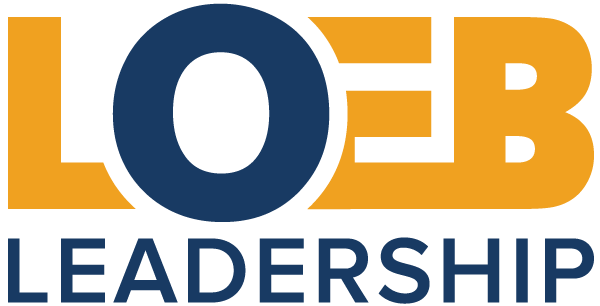Avoiding the 5 Common Pitfalls of Managing Others - Part 5
Avoiding the 5 Common Pitfalls of Managing Others
The Managing for Impact Blog Series – Part 5 of 5
A Managing for Impact Participant Experience.
This blog series illustrates several best practices of being an effective people manager, as covered in our award-winning 5-part Managing for Impact development program.
Pitfall 5: Confusing Performance Management with Coaching
I have to admit that I wasn’t entirely clear on the difference between performance management and performance coaching. For most of my career, I’ve relied on feedback given to me during my performance reviews to identify areas for improvement and to help shape my career. But this process always felt a bit top-down, where my manager evaluates my performance, rates it, and suggests some ways I can improve in the future. I didn’t always feel the performance objectives were in the best interest of my career progression.
I’ve learned that although performance management is important, it essentially focuses on how an employee can improve in their current role. If a manager relies exclusively on performance management to develop an employee’s skills, they may be denying that employee an opportunity to expand their capabilities and prepare for a future role or responsibility. For performance management and coaching, the objective is the same: improvement. However, the underlying process for each is quite different.
Unlike the traditional top-down process that drives many performance management reviews, coaching is a more collaborative process that is led primarily by the employee rather than the manager. This was the big “ah-ha” moment for me. If you empower the employee to decide what areas to develop, they are far more likely to hold themselves accountable for changing behavior. Coaching is guided by what the employee feels is the right opportunity and the manager plays the role of thought partner to help the employee discover new approaches, behaviors and practices. It’s not at all top-down but rather a more balanced process in which the manager refrains from judging, giving advice, or directing. Through the natural coaching process, the employee challenges their existing perspective and accelerates the expansion of new skills to solve problems or seize opportunities on their own. It many ways, coaching fosters competency rather than dependency.
I’ve already begun putting my newly acquired perspectives into practice. Over the past months, I met individually with each of my employees for the sole purpose of engaging in a coaching discussion. The employees selected an opportunity to focus on, we collaboratively set objectives and then used our time together to brainstorm ideas, engage in critical thinking, and to practice new skills. And, I’m finding that I, too, am learning a great deal during these coaching sessions. It feels like a win-win!
To learn more about the MFI capability journey, click here.
To watch a brief video about the MFI program, click here.
